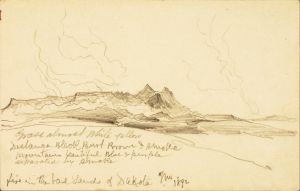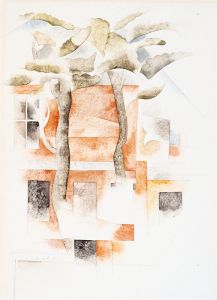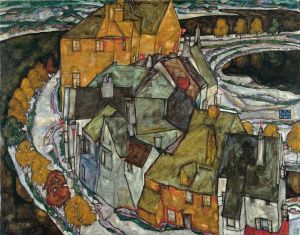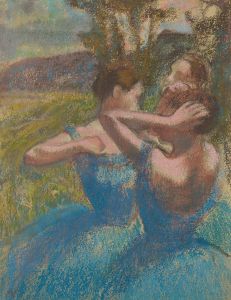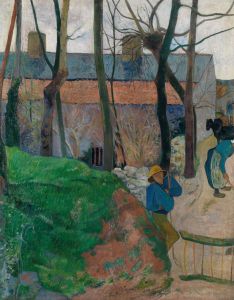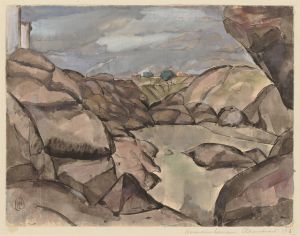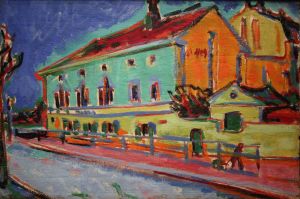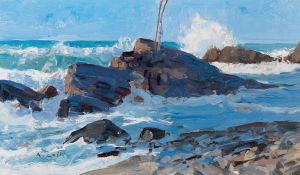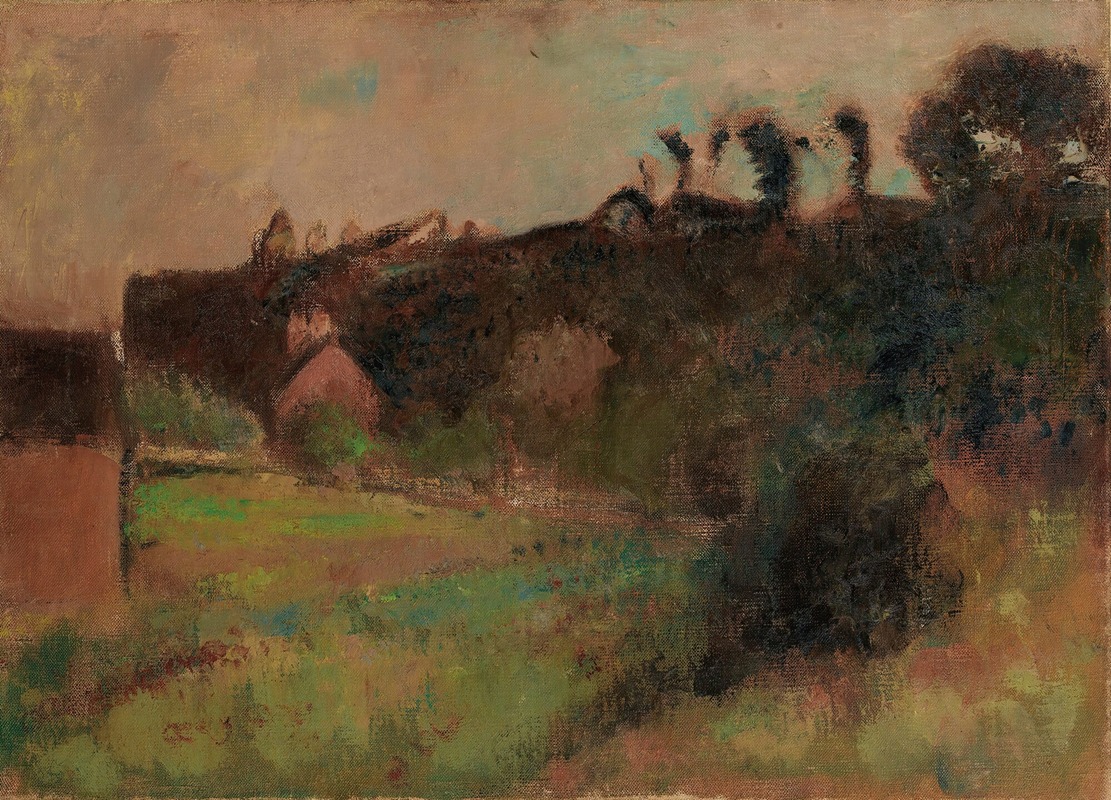
Maisons Au Pied D’une Falaise
A hand-painted replica of Edgar Degas’s masterpiece Maisons Au Pied D’une Falaise, meticulously crafted by professional artists to capture the true essence of the original. Each piece is created with museum-quality canvas and rare mineral pigments, carefully painted by experienced artists with delicate brushstrokes and rich, layered colors to perfectly recreate the texture of the original artwork. Unlike machine-printed reproductions, this hand-painted version brings the painting to life, infused with the artist’s emotions and skill in every stroke. Whether for personal collection or home decoration, it instantly elevates the artistic atmosphere of any space.
Edgar Degas, a prominent French artist known for his contributions to Impressionism, is celebrated for his diverse body of work that spans various subjects and mediums. Among his lesser-known works is "Maisons Au Pied D’une Falaise," which translates to "Houses at the Foot of a Cliff." This painting, like many of Degas's works, reflects his keen observational skills and his ability to capture the essence of a scene with precision and subtlety.
Degas was born in Paris in 1834 and was initially trained in the classical style, which is evident in his early works. However, he gradually moved towards Impressionism, a movement characterized by a focus on light, movement, and everyday scenes. While Degas is best known for his depictions of ballet dancers, racehorses, and Parisian life, "Maisons Au Pied D’une Falaise" showcases his versatility and interest in landscapes, a subject he explored less frequently.
The painting "Maisons Au Pied D’une Falaise" is believed to have been created during a period when Degas was experimenting with different techniques and subjects. Unlike the bustling urban scenes and dynamic figures that populate much of his oeuvre, this work presents a tranquil and static landscape. The composition features a group of houses nestled at the base of a cliff, suggesting a harmonious coexistence between human habitation and the natural environment. The cliff looms over the houses, providing a dramatic backdrop that emphasizes the scale and grandeur of the natural world.
Degas's approach to this landscape is marked by his characteristic attention to detail and his ability to convey atmosphere. The brushwork in "Maisons Au Pied D’une Falaise" is likely to be both precise and expressive, capturing the textures of the cliff face and the architectural details of the houses. The color palette may include earthy tones that reflect the natural setting, with subtle variations to suggest the play of light and shadow across the scene.
While Degas's landscapes are not as widely recognized as his other works, they offer valuable insights into his artistic range and interests. "Maisons Au Pied D’une Falaise" exemplifies his ability to depict the quiet beauty of rural settings, providing a contrast to the vibrant energy of his urban scenes. This painting, like many of Degas's works, demonstrates his mastery of composition and his ability to evoke mood and atmosphere through his art.
Degas's landscapes, including "Maisons Au Pied D’une Falaise," contribute to our understanding of his development as an artist and his engagement with the natural world. Although he is often associated with the Impressionist movement, Degas maintained a distinct style that set him apart from his contemporaries. His landscapes, while less frequent, reveal his continued exploration of different themes and his commitment to capturing the essence of his subjects with authenticity and depth.
In summary, "Maisons Au Pied D’une Falaise" is a testament to Edgar Degas's skill as a painter and his ability to find beauty in diverse subjects. This work, though not as famous as his depictions of dancers and city life, highlights his versatility and his capacity to convey the serene and majestic qualities of the natural world.





